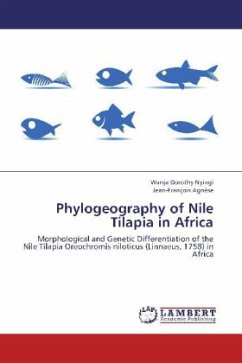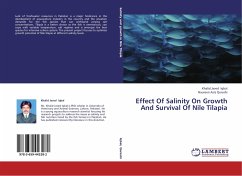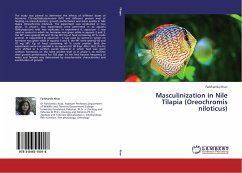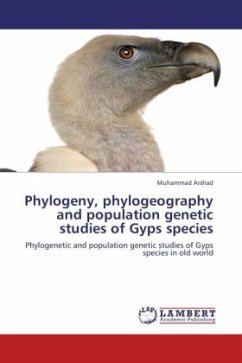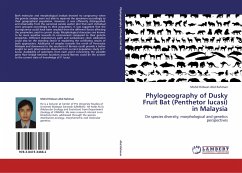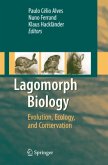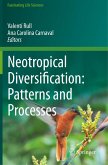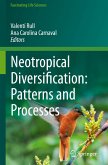Natural populations of the Nile Tilapia Oreochromis niloticus are found in almost all of tropical Africa with seven subspecies described to date. In the present study 16 natural populations of representing all subspecies and seven populations from Lake Victoria, where the species was introduced almost 60 years ago were analysed by means of geomorphometrics, microsatellites and partial sequences of the D-loop region of the mitochondrial DNA. The results allowed inferences on biogeography, phylogenetics and evolutionary history. The species is most likely to have originated in East Africa within the Nile system including Lake Turkana separating early into three groups: the Nile Basin, Lake Tana and Ethiopian Rift Valley. Three cases mtDNA introgressions were observed with O. aureus in West Africa, O. leucostictus in Lake Baringo (Kenya) and an unknown species in the Lake Awasa (Ethiopia). 11 Evolutionary Significant Units were described in the study. Finally, Lake Victoria populations were found to be structured in metapopulations composed of kind related fish
Bitte wählen Sie Ihr Anliegen aus.
Rechnungen
Retourenschein anfordern
Bestellstatus
Storno

